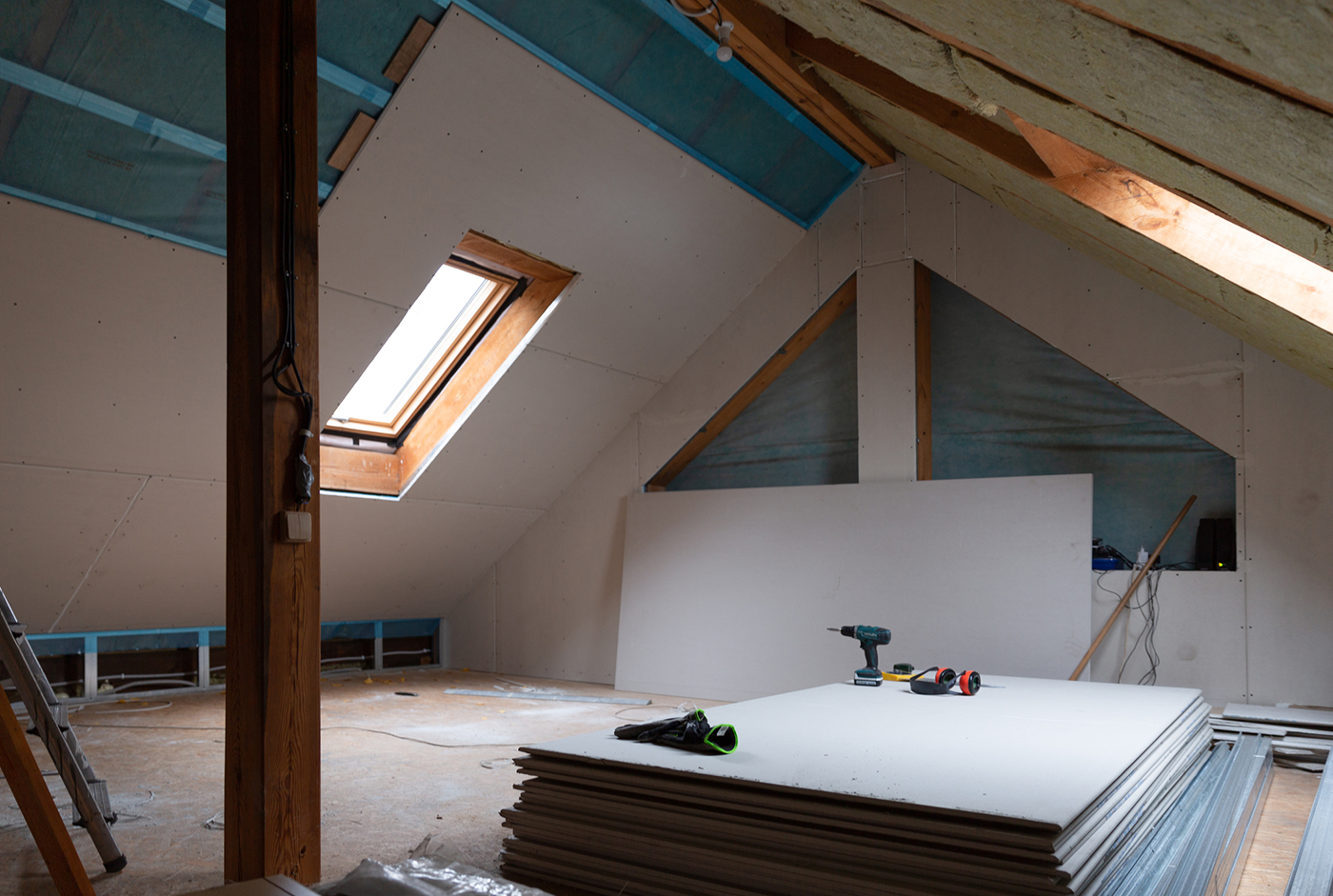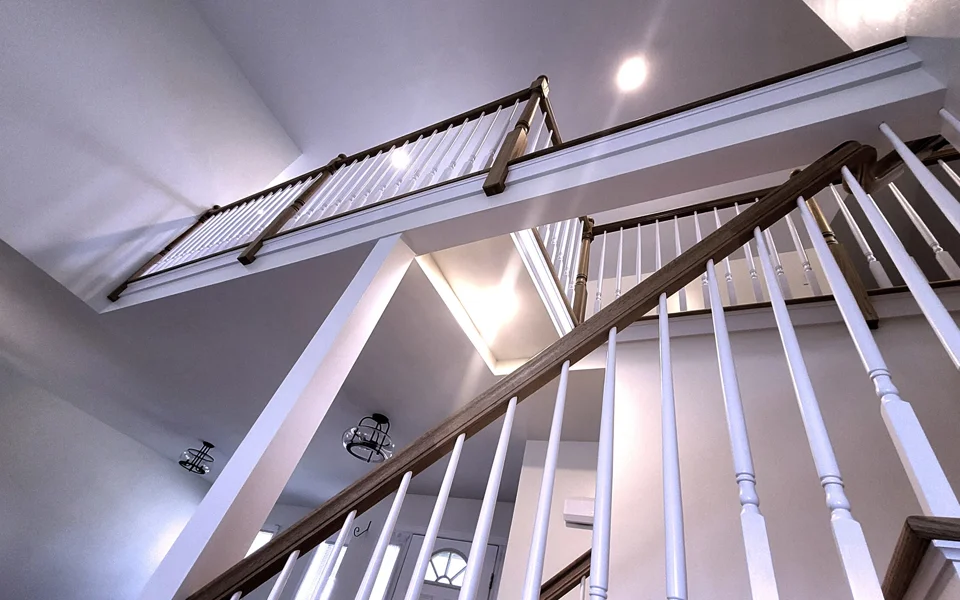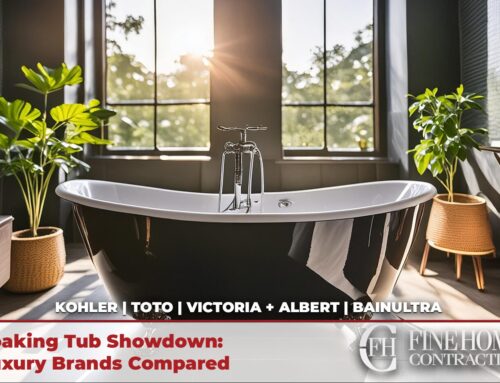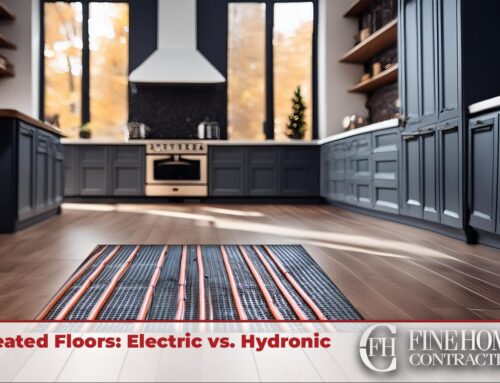Have you ever looked at your attic and wondered if it could be more than just a storage space? Attic remodeling offers a unique opportunity to unlock the potential of this often neglected area in your home. By transforming your attic into a functional and stylish living space, you can not only add valuable square footage but also enhance the overall appeal and value of your property. Before embarking on this exciting endeavor, it’s crucial to have a comprehensive understanding of the costs involved, design considerations, and expert tips. In this in-depth guide, we will take you on a journey through attic remodeling, equipping you with the knowledge you need to make informed decisions and create the attic of your dreams.
Section 1: Understanding Attic Remodeling Costs
Attic remodeling costs can vary significantly based on various factors. To help you navigate this aspect effectively, let’s break down the main expenses you need to consider:
1.1. Structural Assessment and Preparation: Ensuring Safety and Integrity
Before diving into any remodeling project, it’s essential to conduct a thorough structural assessment of your attic. This assessment ensures the safety of the space and helps identify any necessary repairs or reinforcements. Depending on the complexity of the job, the cost of a structural assessment can range from $500 to $1,500.
1.2. Insulation and Ventilation: Creating Comfort and Energy Efficiency
Proper insulation and ventilation are vital for creating a comfortable and energy-efficient attic space. Upgrading insulation and ventilation systems typically falls within the range of $2,000 to $5,000, depending on the size of your attic and insulation requirements. Investing in these aspects will pay off in the long run by reducing energy costs and maintaining a pleasant environment.
1.3. Flooring, Walls, and Ceilings: Setting the Foundation for Transformation
Transforming your attic into a functional space involves carefully selecting and installing appropriate flooring, walls, and ceilings. The cost of these elements depends on the materials chosen, with average expenses ranging from $4,000 to $8,000, including labor. Choosing durable and aesthetically pleasing options will contribute to the overall quality and appeal of your attic.
Section 2: Design Considerations and Tips
Having explored the cost breakdown, let’s now delve into design considerations and expert tips that will maximize your attic’s potential:
2.1. Natural Light and Windows: Embracing Openness and Aesthetics
Introducing natural light into your attic creates an open and inviting atmosphere. Consider installing skylights or dormer windows to not only enhance the aesthetic appeal but also make the space feel more spacious. Capitalizing on natural light will transform your attic into a welcoming sanctuary.
2.2. Multifunctional Storage Solutions: Optimizing Space and Organization
Attics often offer excellent storage opportunities. Incorporating built-in cabinets, shelves, or hidden storage compartments can maximize functionality while keeping the space clutter-free. Careful planning and utilization of storage solutions will ensure that your attic remains a versatile and organized living area.
2.3. Plumbing and Electrical Considerations: Turning Dreams into Reality
If you envision your attic as a bedroom or a bathroom, it’s crucial to consider plumbing and electrical installations. Consult with professionals to assess the feasibility and budget for these additions. Proper planning and expert guidance will help you transform your attic into a fully functional and comfortable living space.
Section 3: Attic Remodeling Ideas
When it comes to attic remodeling, the possibilities are endless. Here are some exciting improvement projects that can take your attic transformation to the next level:
3.1. Dormers: Enhancing Space and Architectural Appeal Dormers are a popular choice for attic remodeling projects. These structures extend from the existing roofline, creating additional headroom and allowing for more natural light and ventilation. Dormers not only enhance the functionality of your attic but also add architectural charm to your home’s exterior. Consider incorporating dormers that complement your home’s style and maximize the usable space in your attic.
3.2. Sun Tunnels: Bringing Natural Light to Windowless Attics If your attic lacks windows or has limited access to natural light, sun tunnels can be a game-changer. Sun tunnels, also known as tubular skylights, capture sunlight from the roof and channel it into your attic through reflective tubes. This cost-effective solution brings abundant natural light into windowless areas, making the space feel brighter and more inviting.
3.3. Built-in Bookshelves and Reading Nooks: Creating a Cozy Retreat Transform your attic into a cozy reading haven by incorporating built-in bookshelves and comfortable reading nooks. Utilize the sloped ceilings and alcoves to create intimate spaces where you can curl up with a good book. Consider adding built-in seating, plush cushions, and adequate lighting to make your reading nook a cozy retreat within your attic.
3.4. Home Office Setup: Maximizing Productivity and Functionality With remote work becoming increasingly popular, having a dedicated home office space is essential. Convert your attic into a productive workspace by adding a desk, storage solutions, and ergonomic seating. Make use of the natural light available or incorporate task lighting to create a well-lit and inspiring environment that promotes focus and productivity.
3.5. Guest Bedroom Retreat: Providing Comfortable Accommodations If you frequently host overnight guests, transforming your attic into a guest bedroom can be a wonderful addition. Install a comfortable bed, storage for guests’ belongings, and thoughtful amenities like a small sitting area or a private bathroom if space allows. Ensure proper insulation and ventilation to guarantee your guests’ comfort throughout their stay.
3.6. Entertainment and Media Center: Creating a Home Theater Experience Turn your attic into a personal entertainment sanctuary by creating a home theater or media center. Install a large-screen TV, surround sound speakers, comfortable seating, and acoustic treatments to enhance the audio and visual experience. Consider incorporating blackout curtains or blinds to control light and create an authentic theater atmosphere.
Remember to consult with professionals and consider your specific needs and budget when choosing among these attic remodeling ideas. Each project can be tailored to suit your preferences and the available space, allowing you to create a truly personalized attic transformation.
Attic remodeling provides a unique opportunity to unleash your creativity and customize your living space according to your needs and desires. Whether you opt for dormers to enhance architectural appeal, sun tunnels to bring in natural light, or any other improvement project, the key is to envision how you want your attic to function and then bring those ideas to life. With careful planning, expert guidance, and a touch of innovation, you can transform your attic into a functional, stylish, and highly valued space within your home. Embrace the possibilities, and enjoy the journey of creating the attic of your dreams.
Project Spotlight: Attic Finishing in Torrington, CT
Project Details
Todays Cost: $374,500
Attic Addition Features:
- (2) Bedrooms
- (2) Bathrooms
The client’s attic was unfinished, leaving over 800 square feet of space vacant.
We began by designing a stairwell up to the second floor and a hallway that overlooks the living room. Two bedrooms were added on either side, each with en-suite bathrooms. Egress windows were installed on the gable ends, and with extra space in the eaves, we created two large walk-in closets.
While we were there, the client also opted for a full kitchen remodel and new carpet throughout the first floor. The kitchen redesign created a more open feel and included key features like under-cabinet lighting, quartz countertops, and an undermount sink.
Lastly, we updated the sliding door to an Andersen door with built-in blinds.









